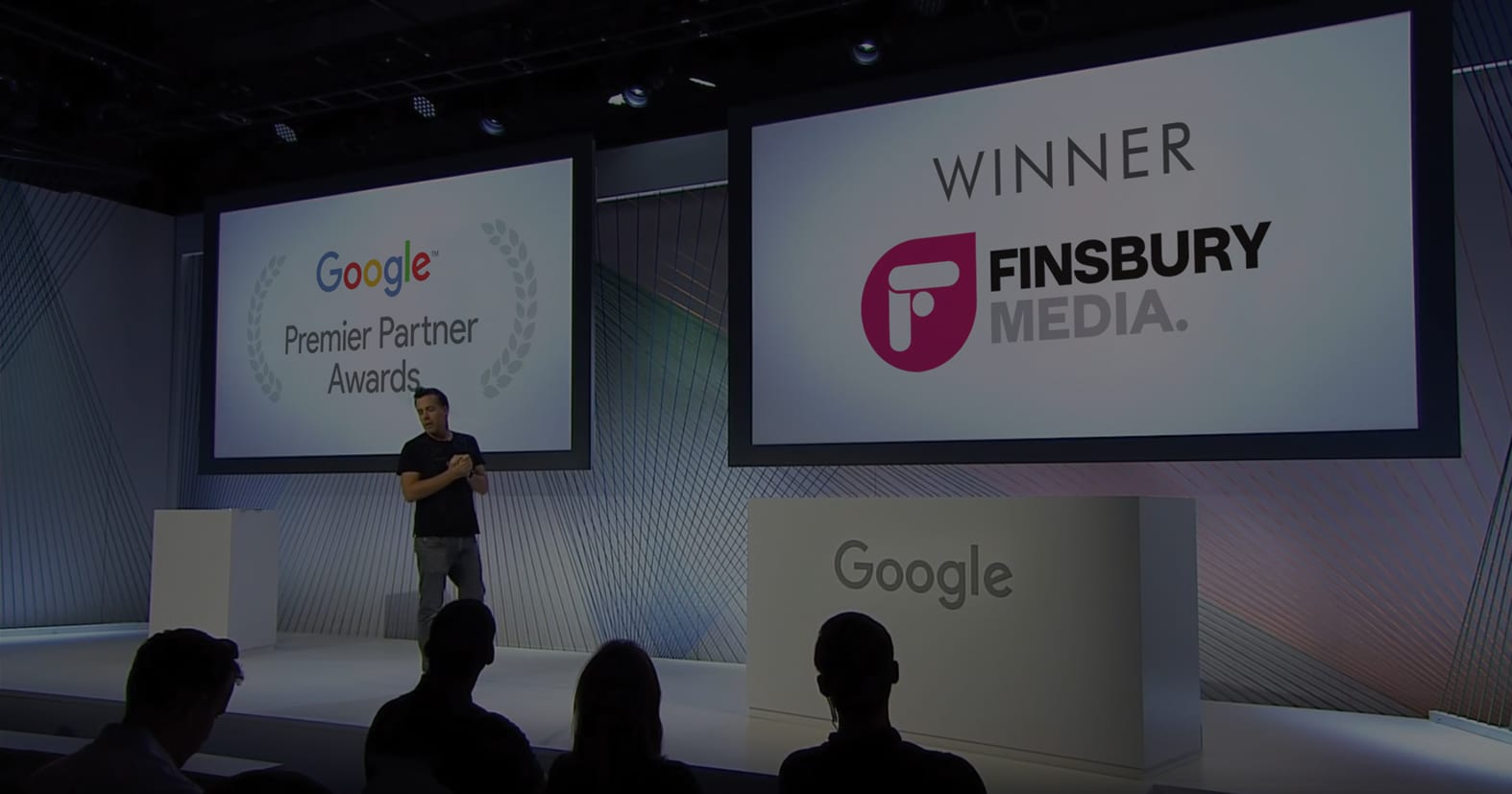One of the most important parts of modern digital marketing is knowing your audience. It’s essential to create content that resonates with their target audiences in relevant, meaningful ways. Developing content for digital spaces is especially difficult due to the incredibly short attention span of the average internet user. If you can’t capture a user’s attention quickly, they will click away from your content within mere seconds.
If you are producing digital marketing copy for a specific audience, you need to take time to thoroughly develop it, flesh it out for relevance and value, and fine-tune it from a technical standpoint so it ranks well in search results. For marketing professionals striving to develop more effective digital marketing copy, the following tips can be great launching points if you want to refine your content development pipeline.
Define Your Target Audience
The first step in writing better digital marketing copy is to determine who you want to read and connect with your content. First, consider your market. Are you a business-to-business (B2B) or business-to-consumer (B2C) operation? This is an important distinction as developing content for business clients is very different than developing content for consumers.
Once you have a firm understanding of your target market you can start developing a profile of your ideal customer. Think about various metrics, including:
- Is your ideal customer younger or older? Marketing to teens is very different from marketing to retirees.
- Do you market to men, women, or both?
- Income bracket. How much money does your ideal customer earn per year?
- What type of work does your ideal customer do?
- Hobbies and interests. Do your products and services fulfill a need or satisfy personal interests?
- Political leaning. Are you target customers more conservative, liberal, or centrist?
- Geographic location. Do you do business in a specific location?
- Education level. Do you design your products and services for customers with basic education credentials or those with bachelor’s or master’s degrees?
- Spending habits. How much disposable income does your ideal customer have?
- Family life. Do your products and services appeal to people with children or busy family lives, or just to single people with minimal family responsibilities?
Determine these factors to create an ideal customer profile. Once you have a firm idea of the type of customer you want to convert to and engage with your brand you can start creating written copy that appeals to them more precisely. Remember, while you want your customer profile to be as detailed as possible, narrowing down your ideal customer too much could potentially shorten your reach. You want to strike a balance between wide appeal to potential conversions and precise targeting to those most likely to convert.
Research Your Target Audience Extensively
Now that you have a detailed customer profile (or several customer profiles for different types of customers you want to target) you should spend some time researching this type of consumer. Find out which social media platforms they prefer, how they tend to engage with other brands, and how your products and services can appeal to them more precisely.
Surveys, reviews, and feedback collection tools are invaluable to the consumer research process. There are few methods more effective for learning about your target audience than asking them directly about what they want to see from your brand. Consider sending out surveys to your emailing list to ask them how they feel about the products and services you offer and the content you publish. While you’ll probably get lots of generic responses, you’ll be surprised how thorough some of your recipients can be with their responses. This is incredibly valuable information that should inform your content development processes.
Perform a Content Audit
Once you know what your target audience likes and dislikes about your content, you can begin reviewing the content you’ve published in the past. A content audit helps to not only eliminate low-ranking content with poor conversion rates, but also improves the overall quality of your entire content publication environment. Your target customers will likely begin engaging with your content more heavily and you should see a noticeable bump in conversion rate after auditing your old content and refining your strategy.
Invest in High-Quality Writing
Ultimately, if you’re trying to improve the quality of your written marketing copy, you need to have high-quality writing behind all of it. Whether you develop all of your written content in-house or outsource writing to a content development company, you need to make sure the content you’re producing is structurally sound, relevant, and SEO-friendly. Make sure your content writers have a firm grasp of the tone and format you think will resonate the strongest with your ideal customers and encourage them to develop creative, provocative, and meaningful content that keeps your target audience interested in what you have to offer.
Multimedia content such as video, photography, and interactive experiences are absolutely valuable in the modern digital marketing landscape, but written copy remains the backbone of any solid content marketing strategy. Start developing your customer profiles and research them extensively so you can deliver polished written content that continues to appeal to their needs and interests while driving conversions to your brand.

